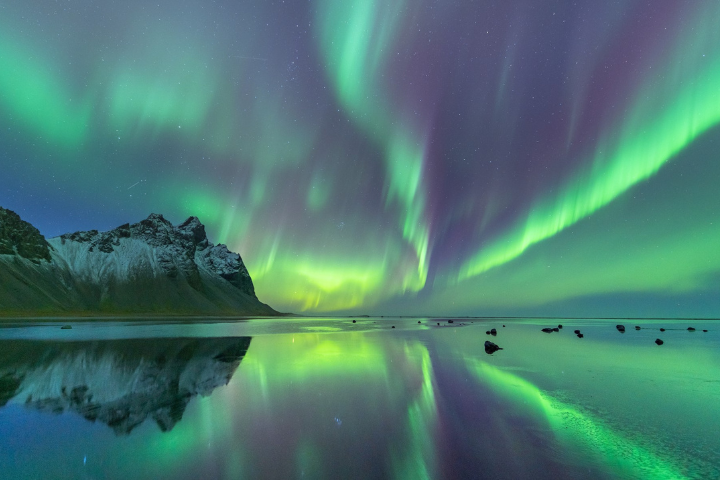As October approaches, skywatchers are gearing up for a spectacular display of the Northern Lights, also known as the Aurora Borealis. This month promises optimal viewing conditions due to recent solar activity, making it an exciting time for enthusiasts and first-timers alike. In this article, we’ll explore where to catch the best views of the Northern Lights, when to look, and tips for making the most of your experience.
Understanding the Solar Activity
The Northern Lights are expected to be particularly vibrant this October due to a series of solar flares and geomagnetic storms. According to NOAA, “The arrival of a coronal mass ejection (CME) can result in stunning auroral displays.” This solar activity enhances the likelihood of visible auroras across various regions, especially in northern states and parts of the Midwest.
For those eager to catch a glimpse of this celestial spectacle, certain locations offer better visibility. Popular spots include Alaska, northern Canada, and parts of Scandinavia. As one expert noted, “The closer you can get to the aurora zone, the better your chances.” Areas with minimal light pollution are ideal for viewing, so consider heading to remote locations or national parks.
Optimal Viewing Times
Timing is crucial when it comes to witnessing the Northern Lights. The best opportunities typically occur between midnight and early morning. “Aim for a couple of hours on either side of midnight,” advises an aurora expert. This time frame allows you to maximize your chances of seeing the lights dance across the sky while enjoying clear weather conditions.
Photographing the Northern Lights can be challenging but rewarding. Using a smartphone with a “night mode” feature can enhance your ability to capture the lights even when they aren’t visible to the naked eye. “A tripod is essential for long exposures in low light,” suggests a photography guide. Additionally, apps designed for night photography can help you achieve stunning results.




GIPHY App Key not set. Please check settings